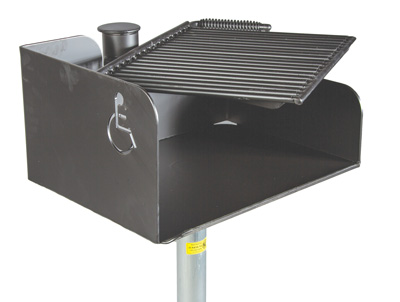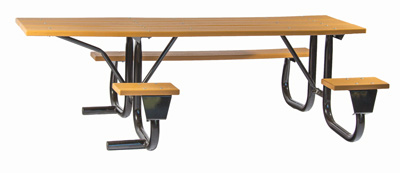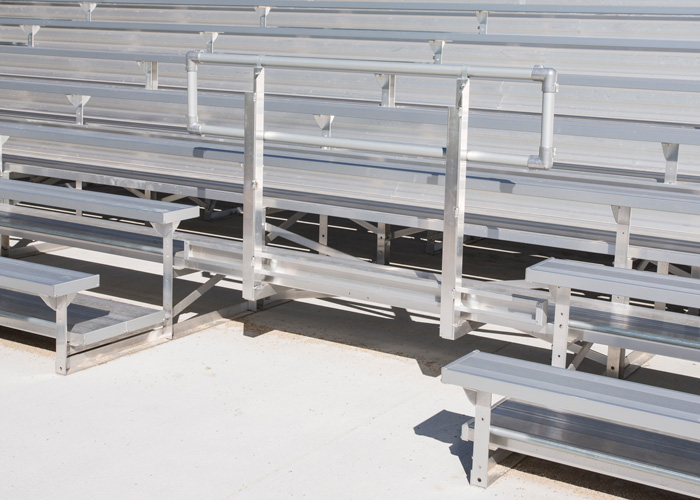Approximately one in four adults (25.7%) in the United States, or 61 million people, reports living with at least one disability, and some 12. l % of U.S. adults have a mobility disability, making it difficult or impossible to walk or climb stairs, according to the U.S. Centers for Disease Control and Prevention. And disability statistics worsen with age—around 46% of those 75 years and older are living with a disability.
While a lot of attention has been given to the need for accessible and inclusive play spaces over the past several years, it is crucial to spread that mission to your entire park, ensuring that people of all ages and abilities have access to the various amenities and activities provided.
Q. We recently installed an inclusive playground, but we want to ensure our entire park is inclusive and accessible for everyone. What should we consider?
entire park is inclusive and accessible for everyone. What should we consider?
A. As part of your playground construction, you likely worked to ensure that pathways to the playground from the parking lot were also accessible. But what about the rest of your park? Take a look around. Are certain areas of your park inaccessible for those using wheelchairs or other assistive devices? Can people with mobility limitations easily make their way from the parking areas to the various activity areas in your park?
All parts of your park should be accessible, with navigable routes from parking, public sidewalks and public transportation stops. The surfaces of your accessible pathways should be smooth, continuous, nonslip and even.
Once you’ve done the work to make sure all parts of your park are accessible for those in wheelchairs or using assistive devices, you should turn your attention to the various areas within your park. In picnic areas, be sure to include accessible picnic tables. They can be found in a variety of sizes and configurations, materials and colors, and usually feature space where the seating planks are removed to accommodate a visitor in a wheelchair. A table that provides side access for wheelchairs, vs. the traditional end access, allows the person using a wheelchair to feel more like a part of the group. End-access picnic tables require a 24-inch overhang, which can lead to upending if someone sits on that end. If you choose to go with end-access picnic tables, be sure the table features anti-tipping features, for safety’s sake. There are also picnic tables available that can accommodate two wheelchairs per table, either one at each end, or one end and one side access.
You can also find park grills that are accessible, with a cooking grate that pivots 180 degrees, making it safer and easier to reposition the grate from the firebox using just one hand, and with little force required. This rotating cooking grate allows the user to access the firebox to build a fire or access the grate to transfer food.
reposition the grate from the firebox using just one hand, and with little force required. This rotating cooking grate allows the user to access the firebox to build a fire or access the grate to transfer food.
When installing benches, look for a spot with a pleasant view, or a place where people might want to rest along a trail. But you should also be sure to install your benches where the ground is level, allowing those in wheelchairs to stop and sit alongside their friends, and making it easier for those with mobility issues to find their way to a comfortable seat.
Bleacher seating near ballfields should also have accommodation at ground level, or with an accessible ramp to allow a person in a wheelchair to navigate to an inline space. A companion seat is required by code and helps create that inclusive space among the other fans.
Other parts of your park should also be considered for accessibility and inclusion. Among them, access to drinking fountains, restrooms, skateparks, outdoor exercise areas and more.
For More Information
Kay Park Recreation
800-553-2476
www.kaypark.com



